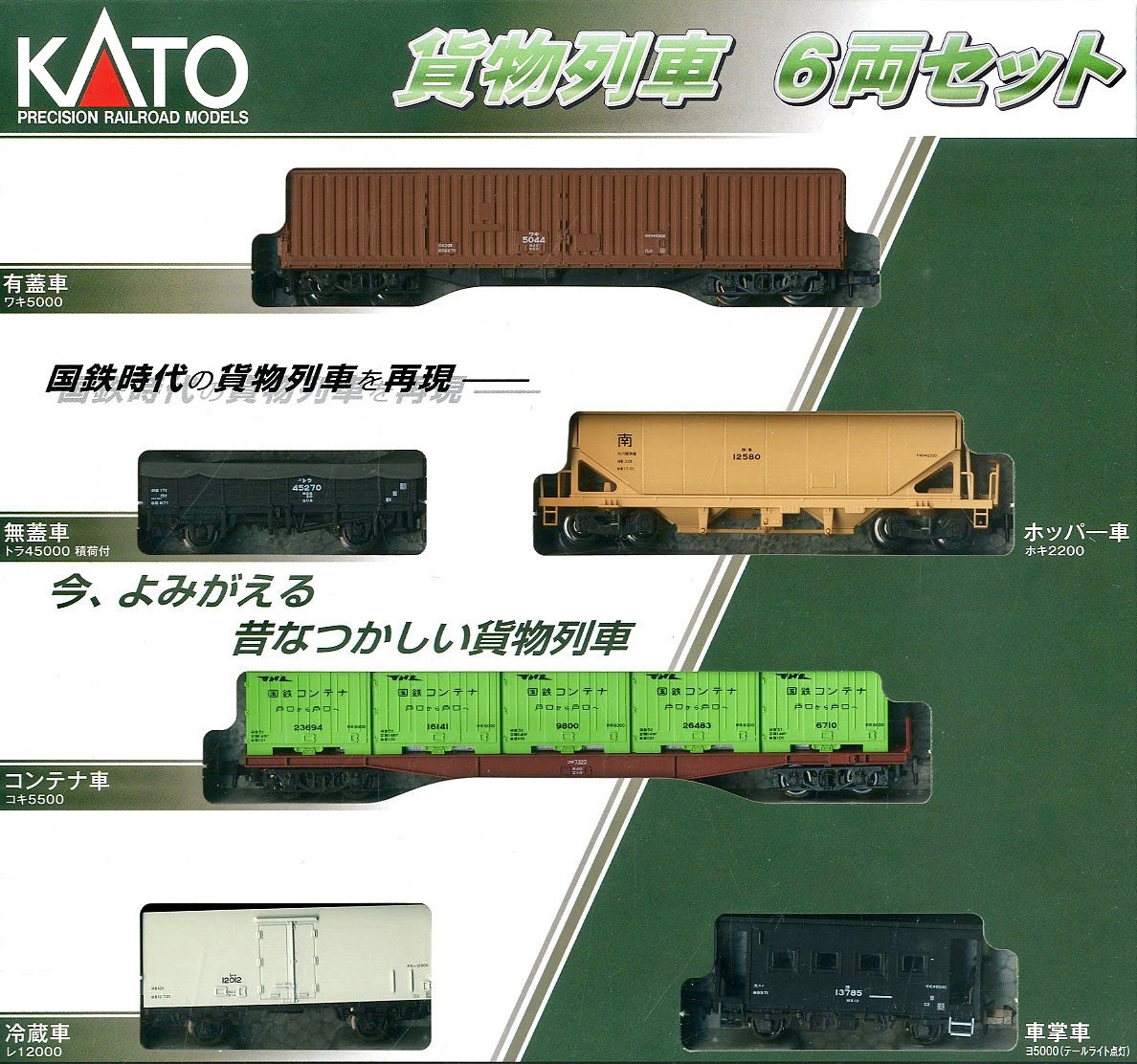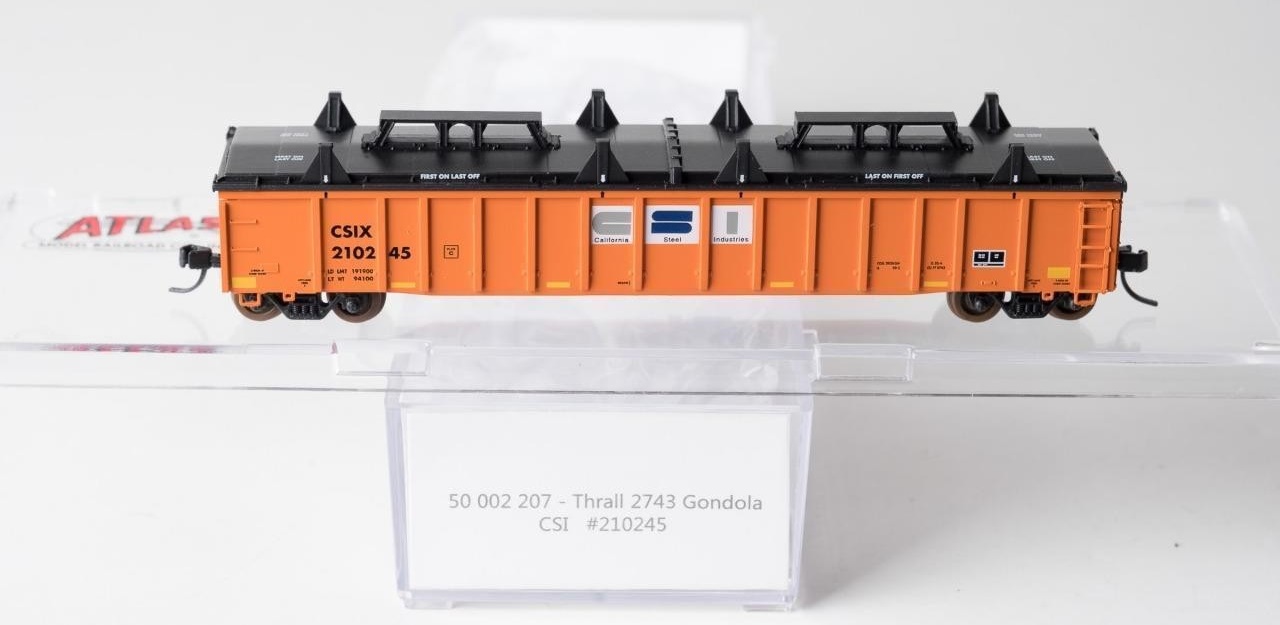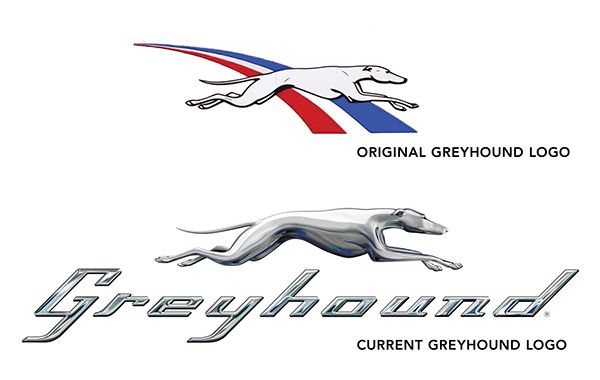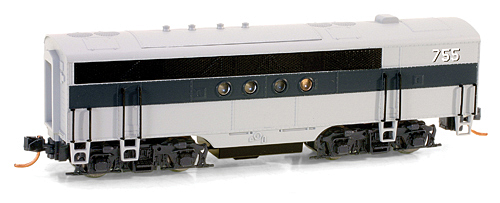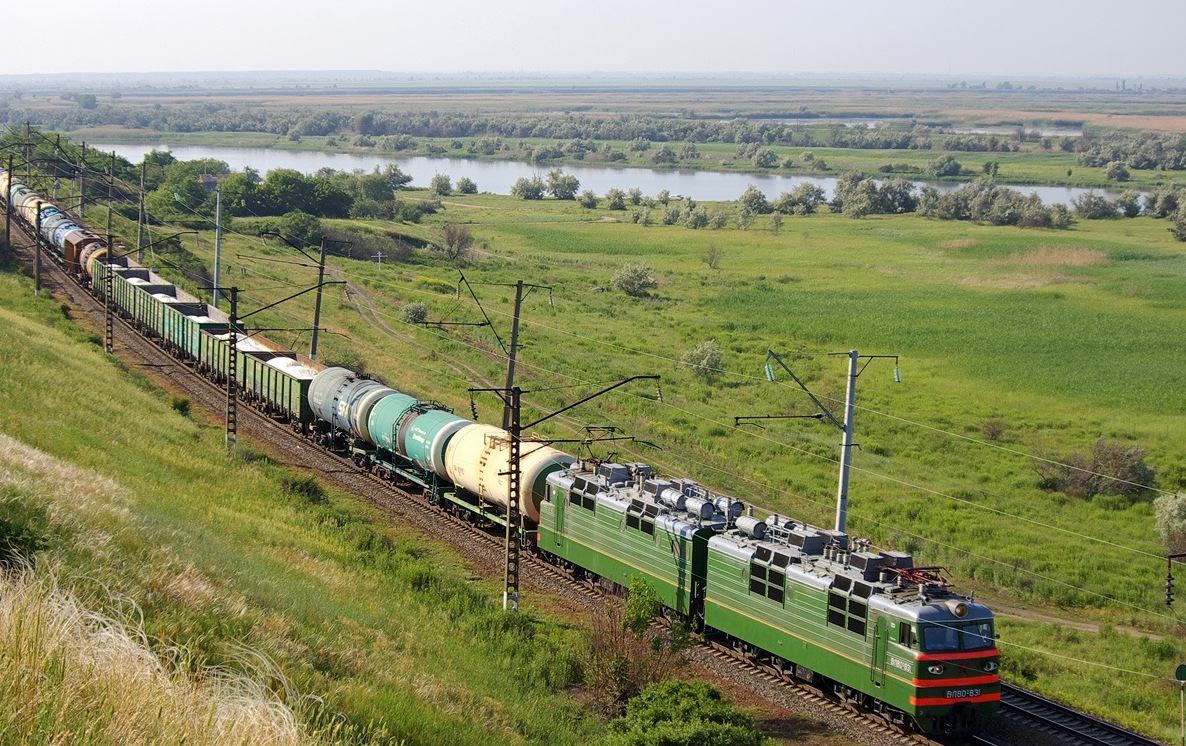Specific Item Information: Includes: Boxcar 5044, Gondola 45270, Covered Hopper 12580, Flatcar with Containers 7322, Reefer 12012 and Caboose 13785
Model Information: Kato boxed sets for Japanese Prototypes come in various shapes and sizes. These may contain complete train sets with track and power pack or may be as simple as a pair of passenger coaches. Many of the sets use "bookshelf" boxes with cardboard sleeves and carefully cut foam inserts.
Prototype History: Japan Freight Railway Company (日本貨物鉄道株式会社, Nippon Kamotsu Tetsudō Kabushiki-gaisha), or JR Freight (JR貨物, Jeiāru Kamotsu), is one of the seven constituent companies of Japan Railways Group (JR Group). It provides transportation of cargo nationwide throughout Japan.
When JNR was privatized in April 1987, it was split into six JR passenger railways and one rail freight carrier, JR Freight. Each passenger railway serves a specific region, but JR Freight offers services throughout Japan. This is because the policymakers felt that rail freight would be more efficient if one company had access to the entire national railway network.
JR Freight is capitalized at ¥19 billion, and operates on about 96,000 km of track that comprises the network covering most of Japan. The track used for freight services is divided into 86 track sectors. JR Freight transports freight in containers and in tankers and hopper wagons for bulky freight, such as petroleum, cement, and paper. The company is also trying to increase its revenues in related sectors—for example, by letting space in its freight stations to companies that need shipping facilities, storage space and sorting facilities. It is also involved in operation of convenience stores and other commercial business.
When JNR was privatized in April 1987, it was split into six JR passenger railways and one rail freight carrier, JR Freight. Each passenger railway serves a specific region, but JR Freight offers services throughout Japan. This is because the policymakers felt that rail freight would be more efficient if one company had access to the entire national railway network.
JR Freight is capitalized at ¥19 billion, and operates on about 96,000 km of track that comprises the network covering most of Japan. The track used for freight services is divided into 86 track sectors. JR Freight transports freight in containers and in tankers and hopper wagons for bulky freight, such as petroleum, cement, and paper. The company is also trying to increase its revenues in related sectors—for example, by letting space in its freight stations to companies that need shipping facilities, storage space and sorting facilities. It is also involved in operation of convenience stores and other commercial business.
Road Name History:  Japanese National Railways (日本国有鉄道 Nihon Kokuyū Tetsudō), abbreviated Kokutetsu (国鉄) or "JNR", was the business entity that operated Japan's national railway network from 1949 to 1987.
Japanese National Railways (日本国有鉄道 Nihon Kokuyū Tetsudō), abbreviated Kokutetsu (国鉄) or "JNR", was the business entity that operated Japan's national railway network from 1949 to 1987.
By 1987, JNR's debt was over ¥27 trillion ($280 billion at 2009 exchange rates) and the company was spending ¥147 for every ¥100 earned. By an act of the Diet of Japan, on April 1, 1987 JNR was privatized and divided into seven railway companies, six passenger and one freight, collectively called the Japan Railways Group or JR Group.
From Wikipedia

By 1987, JNR's debt was over ¥27 trillion ($280 billion at 2009 exchange rates) and the company was spending ¥147 for every ¥100 earned. By an act of the Diet of Japan, on April 1, 1987 JNR was privatized and divided into seven railway companies, six passenger and one freight, collectively called the Japan Railways Group or JR Group.
From Wikipedia
Brand/Importer Information: Kato Precision Railroad Models (関水金属株式会社 Sekisui Kinzoku Kabushikigaisha) is a Japanese manufacturer of model railroad equipment in N and HO scales. The Tokyo-based company manufactures models based on Japanese prototypes (such as the Shinkansen bullet train) for the Japanese market, North American prototypes for the North American market and European high-speed trains for European market.
The Kato (pronounced kah-toe) model railroad companies were founded by Yuji Kato, father of current president Hiroshi Kato, of the parent company Sekisui Kinzoku Co., Ltd.
The design and distribution of models for the North American market are handled by their U.S. subsidiary, Kato USA, located in Schaumburg, Illinois.
The design of special models for the European market is handled for some of them by their partner, Lemke, whereas the general distribution of Kato products in Europe is handled by NOCH; both companies are located in Germany.
As a result, some Kato European models are sold as Kato Lemke and others as Kato (alone).
The Kato (pronounced kah-toe) model railroad companies were founded by Yuji Kato, father of current president Hiroshi Kato, of the parent company Sekisui Kinzoku Co., Ltd.
The design and distribution of models for the North American market are handled by their U.S. subsidiary, Kato USA, located in Schaumburg, Illinois.
The design of special models for the European market is handled for some of them by their partner, Lemke, whereas the general distribution of Kato products in Europe is handled by NOCH; both companies are located in Germany.
As a result, some Kato European models are sold as Kato Lemke and others as Kato (alone).
Item created by: CNW400 on 2021-03-15 14:47:29. Last edited by George on 2025-02-16 09:14:56
If you see errors or missing data in this entry, please feel free to log in and edit it. Anyone with a Gmail account can log in instantly.
If you see errors or missing data in this entry, please feel free to log in and edit it. Anyone with a Gmail account can log in instantly.


